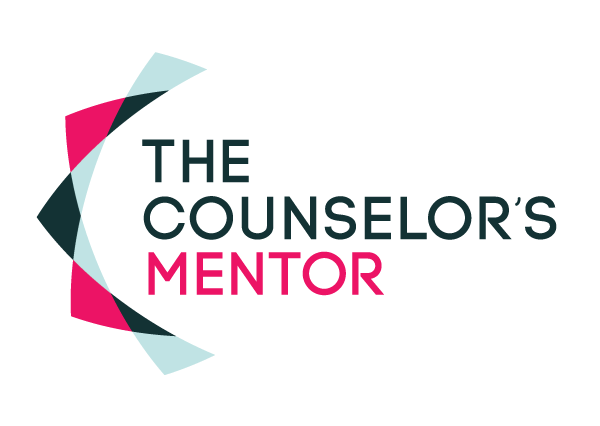As a private practice owner and mentor, I’ve seen a pattern emerging with mental health entrepreneurs.
Everywhere I look, I see therapists, coaches, and solo practitioners pouring money into multiple office spaces, buying into the latest “million-dollar” webinar, or broadcasting their newest big hire. The online business world is buzzing with announcements of wildly successful launches, six-figure months, and fast-paced growth.
Don’t get me wrong—I love seeing mental health professionals thrive. I’m all about growth, abundance, and discovering how lucrative and impactful this field can be.
**But we need to talk about the underbelly of this movement—**the pressure to chase what looks good over what is actually sustainable. Because not everything that glitters is growth. This blog will review 3 reasons why mental health entrepreneurs need to stop chasing the shiny object.
The Shiny Object Syndrome
Social media has created a world where the “shiniest” business move gets the most attention. We see the highlight reel:
- Someone announces they hit a big revenue goal (but doesn’t mention their profit margin).
- A team photo is posted welcoming three new clinicians (but no mention that two others just left).
- The owner traveling the world and eating in fancy places (that they bought with a credit loan).
It’s a constant scroll of big wins without the context. And for those watching, it’s easy to feel like you need to catch up.
This is shiny object syndrome in full force—and it’s not only misleading, it’s exhausting. Don’t get me wrong, alot of times updates and highlight reels are completely legit. But let’s face it, not all that glitters is gold.
Growth Without a Foundation Is a Trap
Let me be clear: I’m not anti-growth. Growth is a beautiful thing.
But growth that outpaces your systems, clarity, or purpose? That’s a recipe for burnout and business disaster.
In my own business, I’ve experienced the temptation to “go harder,” “hustle more,” and chase the next big thing. In my first few years, revenue doubled year after year, and I thought that meant I was doing everything right.
Turns out, that kind of growth is common in the first 3–5 years of a practice. The real test comes after that—when the easy doubling stops. That’s when sustainability matters most.
What I’ve Seen (and Why It Matters)
Over the years, I’ve watched colleagues:
- Buy extra office spaces too early, only to leave multiple rooms empty,
- Hire several clinicians before there were enough referrals to go around,
- Launch multiple businesses,
- Celebrate revenue milestones without realizing their expenses were swallowing the profit.
The result?
- Overhead that’s too high,
- Teams that are underbooked,
- Working beyond 60 hours per week and still not making ends meet,
- Businesses that look thriving on the outside but feel draining on the inside.
And maybe most dangerously—these public wins convince other mental health professionals to chase the exact same shiny object, thinking it’s the next right step for them.
More Isn’t Always Better
Here’s the hard truth about the mental health business space: more isn’t always better.
- More clients? Not if your admin systems are breaking down.
- More therapists? Not if you don’t have the infrastructure to support them.
- More locations? Not if you don’t have a plan to fill them.
Hustle isn’t always wiser. The grind is not always sustainable.
Before adding or chasing anything new—or the latest shiny thing that pops up on your feed—pause long enough to ask: Why do I want this?
Contentment Is a Strategy
Being content doesn’t mean giving up on ambition. It means choosing to grow intentionally instead of reactively. I’ve come to embrace the term that my team is tiny but mighty. We don’t push more and more numbers all the time- we scale intentionally and within reasonable terms. We track it all- everything is measured.
Ask yourself:
- Will this decision move me closer to peace or to pressure?
- Will it serve my clients better—or just look better online?
- Is this truly aligned with my values and goals—or am I reacting to comparison?
Because likes don’t pay your bills. Followers don’t lead your team. And revenue doesn’t mean much if your profit margins are razor thin.
Build What Lasts
Growth is exciting—but it’s the kind of growth that can be sustained that will keep you in business for the long haul. Systems protect your sanity. Efficiency protects your time. And clear-eyed discernment ensures you’re building something that serves your mission, not just your ego.
If you’re ready to grow, do it with intention—not just momentum. Before you expand, pause and ask yourself: Does this align with my original “why” for being in this field? Are you still moving toward that vision, or have you drifted? If you’re off course, it may be time to adjust your systems, refine your goals, and realign your steps so your business stays anchored to what truly matters.
Want to learn how to scale sustainably? Don’t do what I did- you don’t have to go at it alone. I take the guesswork out of expanding. Read more about that HERE.

